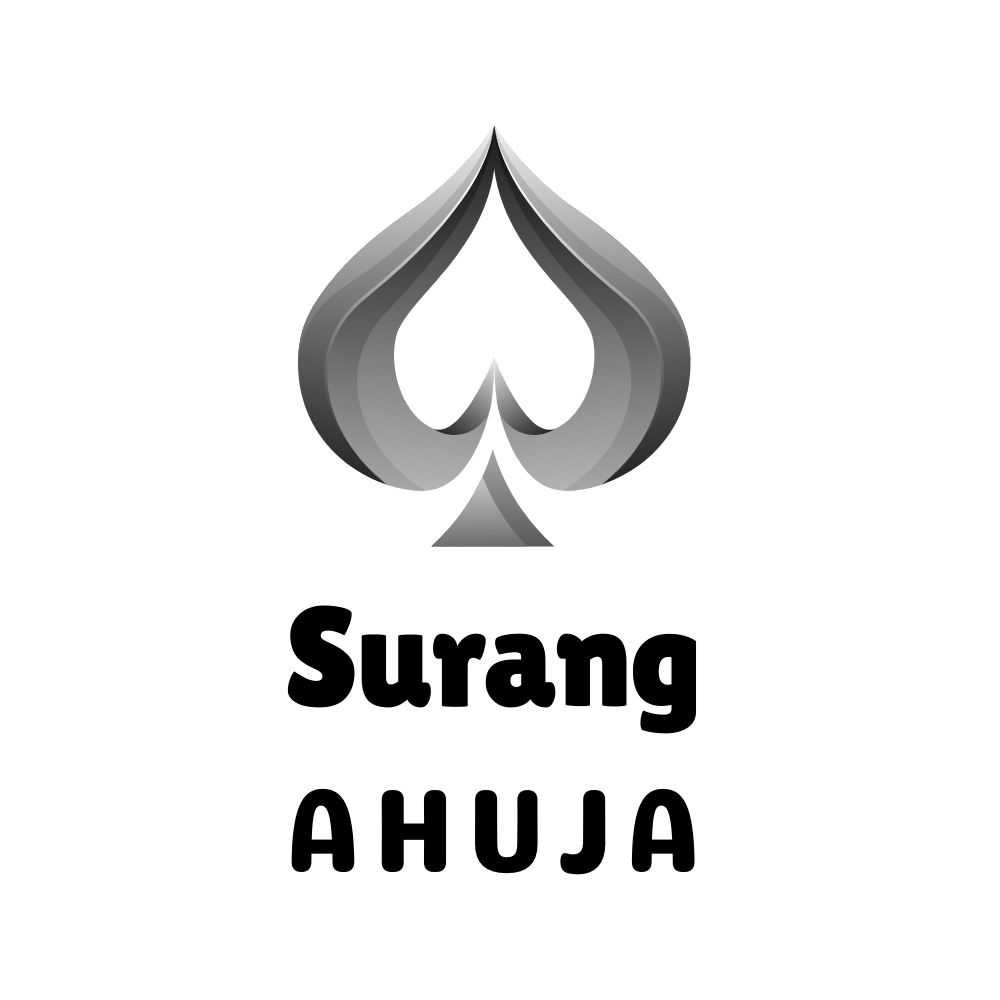Social media has revolutionized the music industry, creating a platform where emerging artists can showcase their talent and connect with audiences on a global scale. What was once a space dominated by record labels and industry gatekeepers is now a democratized landscape, allowing artists to go viral overnight with just one post. Platforms like TikTok, Instagram, YouTube, and Twitter have become powerful tools in breaking new artists and setting music trends, reshaping how music is discovered, consumed, and promoted.
One of the most significant advantages of social media for artists is its accessibility. In the past, breaking into the music industry required artists to navigate a complex system of record deals, radio airplay, and industry contacts. Today, platforms like TikTok offer a more direct route to stardom. Emerging artists can upload their music and videos, reaching millions of users with just a single post. The app’s algorithm-driven nature allows for unpredictable viral moments, and many artists have gained mainstream success after their songs were featured in viral TikTok challenges or videos. Tracks like Lil Nas X’s “Old Town Road” and Olivia Rodrigo’s “drivers license” are prime examples of songs that gained traction through social media before dominating the charts.
The rise of short-form content, especially on TikTok and Instagram Reels, has also shaped music trends in significant ways. Social media users, particularly younger audiences, are drawn to catchy, bite-sized portions of songs that they can use in videos, leading to the popularization of songs with distinctive hooks or beats. This trend has changed how some artists approach songwriting, focusing on crafting moments within their songs that will resonate with social media audiences. The impact of this phenomenon is visible in how certain songs chart, with short clips often going viral before the full track is widely recognized.
Social media also offers artists the chance to build a community and engage with their audience in a way that was previously unattainable. Platforms like Instagram and Twitter allow artists to maintain a constant connection with fans by sharing behind-the-scenes content, updates on new releases, and personal insights. This level of interaction creates a sense of intimacy between the artist and their followers, fostering loyal fan bases that actively promote their music. Social media engagement has become a key factor in determining an artist’s success, as followers often act as grassroots marketers, sharing music with their networks and contributing to the artist’s visibility.
Moreover, social media has created a more inclusive environment for artists who might not have had a chance to succeed through traditional channels. Independent artists, in particular, have benefited from the rise of platforms like Bandcamp and SoundCloud, where they can share their music without needing the backing of a major label. Social media amplifies their reach by allowing them to build their own brands and reach niche audiences that resonate with their music. This has contributed to the rise of genres and artists that might not have fit into the mainstream mold, giving space for alternative, underground, and experimental sounds to thrive.
In conclusion, social media has transformed the way new artists break into the industry and how music trends are formed. By giving artists direct access to audiences and offering new ways to engage, promote, and create viral moments, platforms like TikTok, Instagram, and YouTube have reshaped the musical landscape, leveling the playing field for artists from all backgrounds.

